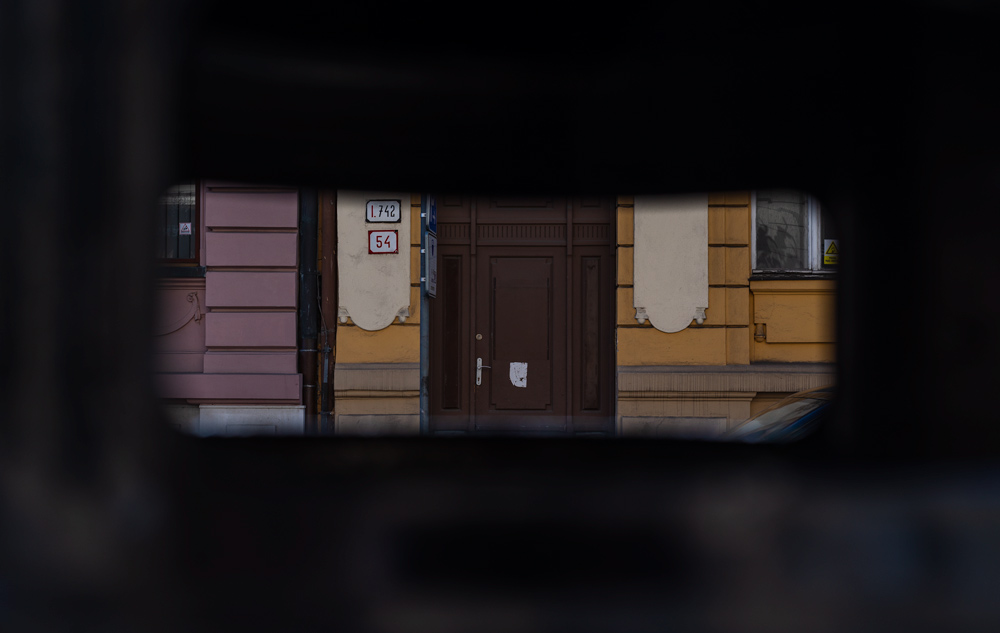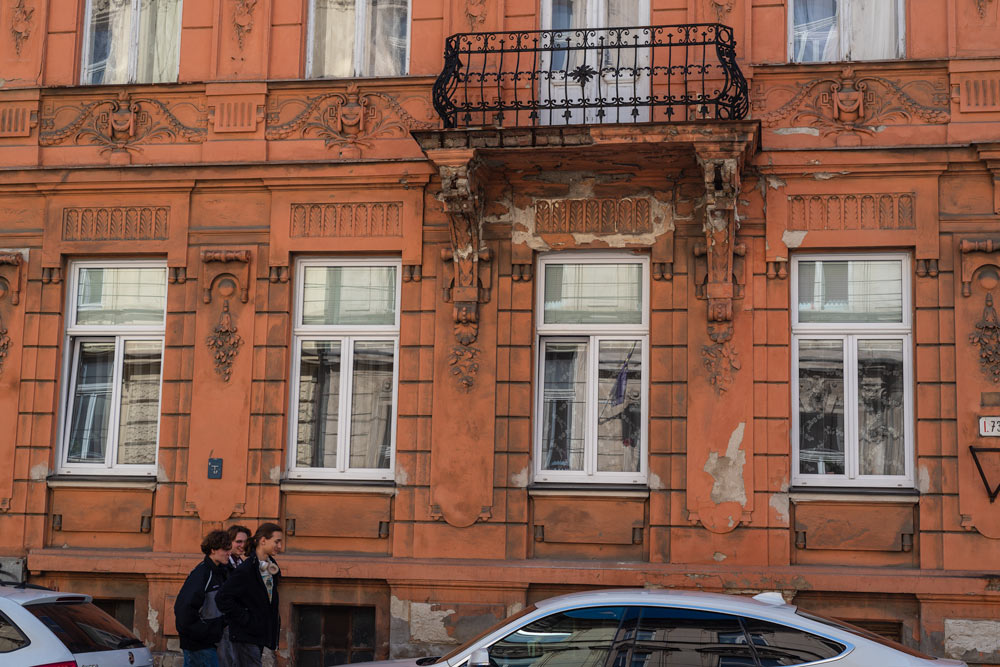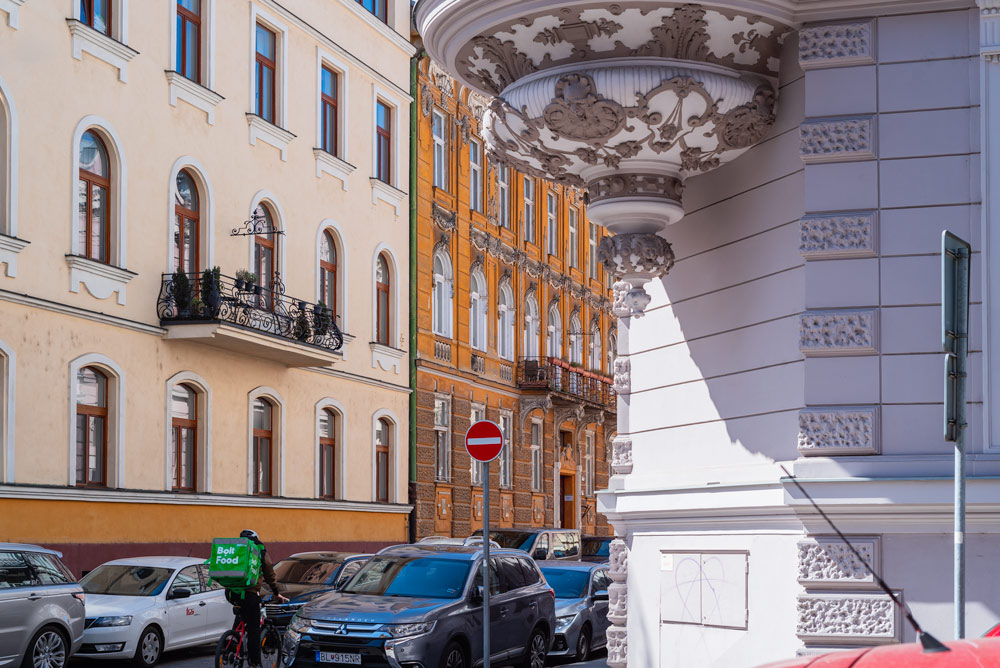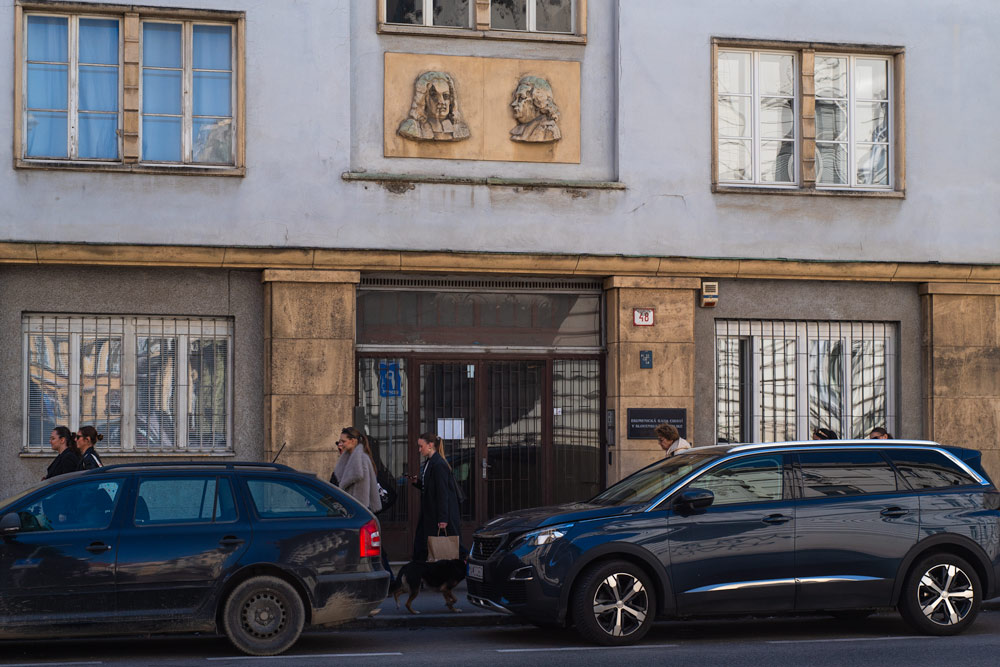There are many different occasions and ways to practice your photography skills. Some can be done alone in your apartment, some outside alone or with people. I decided to cover the theme of a photo walk, which is ideal for terrain exploration. Whether the place is familiar or new, you can do a photo walk even inside a shopping mall. The aim is to explore new ideas and meet new people.

What is a Photo Walk?
A photo walk is a planned or spontaneous walk in a particular area of the city or a place with the primary intention of taking pictures. It is common in street photography among hobbyists, professionals, and tourists. You can do it alone or with a group of fellow photographers.
If we look into history, the first origins of street photography were in the 1930s-50s, when photographers like Henri Cartier-Bresson and Vivian Maier roamed cities solo before they became known to the public.
In the early 2000s, we saw the rise of organized group walks. Many photography clubs and schools began such activities, which were mostly educational. Such walks focused on a certain theme, and afterward, there would be discussion and critique sessions.
With the rise of social media and specific photography platforms like Flickr, photo walks became popular community events. People started walking with specific hashtags in mind. International photo walk events were on the rise, too. For example, Scott Kelby’s Worldwide Photo Walk is one of the most famous global events. It encourages thousands of photographers worldwide to meet and shoot on the same day.
With the rise of social media and content creation, we see photo walks, solo mindfulness exercises, creative projects, and social-media-driven events. In addition to content creation, they are ideal for urban exploration, location scouting, or documentary projects.



Why Do a Photo Walk?
There might be a couple of different reasons for taking photo walks. You can initiate one if you feel stuck and have a creative block. Or you want to try new techniques, discover new hidden places, or the ones you haven’t explored properly yet. Instead of rushing through known streets, you can take your time and have a better look at some features. If you are photo-walking in a group, social interaction is the second most crucial aspect besides taking pictures.

Planning and Gear
Before you go outside, consider planning, especially if the location is not easily accessible or you want to shoot in certain weather conditions and times of the day. By location, I mean not only urban places or historic districts but also nature or specific events. This can influence the camera gear you will take with you, whether it be a DSLR, mirrorless, film, or just your smartphone. Sometimes, you may need a tripod, filters, or a notebook (?).
Setting a Theme
You can choose a topic and follow it while walking, but it is not compulsory. For some people, having a theme can help them focus better, or it’s just more challenging. Some may be more prone to shooting and discovering a theme during the process. Use colors, shadows, people, reflections, doors or windows, decay, or textures if you want ideas.
You can train yourself to look for specific details you may miss otherwise or the ones people barely notice. Also, you can learn how to anticipate specific scenarios and become very patient to achieve them.


Slowing Down and Being Present
How to do a photo walk doesn’t need to follow specific rules. It is up to you. But you will need more time to slow down. Maybe you can look at it as some meditation. Rushing can kill creativity. You can walk with an intention, but you can also re-think some things in your life and use photography to express them. It is primarily valid for solo walks. The more time you have, the better the chances you will take photos with good composition.
Group Photo Walk
There might be some benefits to going on group photo walks. It can be safety, community support, feedback, or just having some people to share experiences with. You can join one – try to research social media groups, meetup events, or local clubs in your city. On the other hand, you can organize your own. You can choose a theme or purpose, plan a route and time frame (probably not very long, maybe 1 to 2 hours), promote it on socials, local clubs, and forums, and let people know beforehand what they can expect from such a session, and if it is open for all levels including smartphone users.

Reflecting
After the walk, you can proceed with editing, but you can also spend some time reflecting. For example, what did you notice about your style or interests? Did a theme emerge? Would you do anything differently next time?
There isn’t just one answer to how to do a photo walk the right way. It all depends on you—your needs, interests, and desires. The tips above can be a stepping stone for inspiration or encouragement, especially if you’re not very experienced in street photography and are daring to take your first steps.
Keep exploring – discover more photography tips, tutorials, and gear hacks to help you shoot smarter and travel lighter.
Or dive into the full guide — Move with Purpose: Fun and Easy Photo Walk Ideas for inspiration on your next creative outing.

Sources: